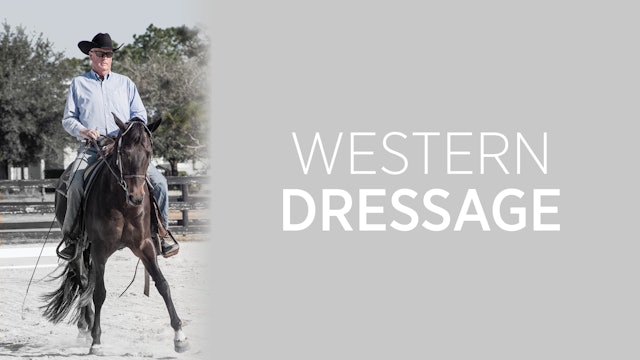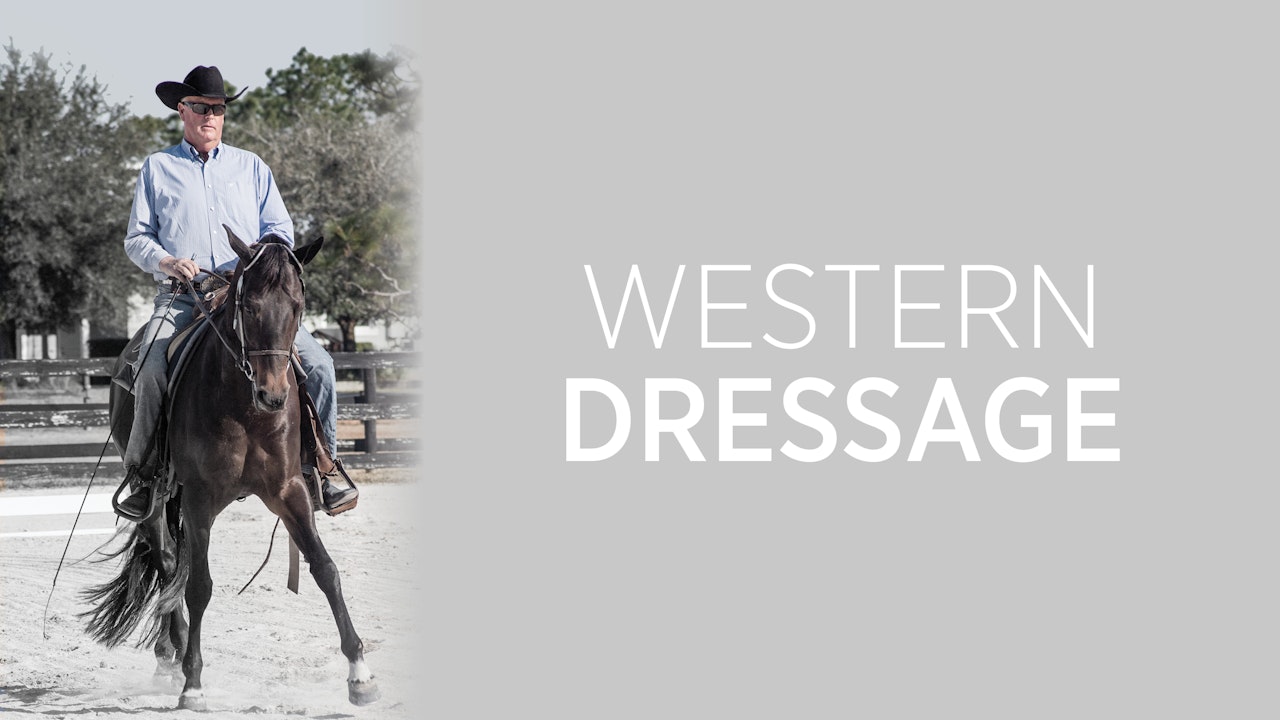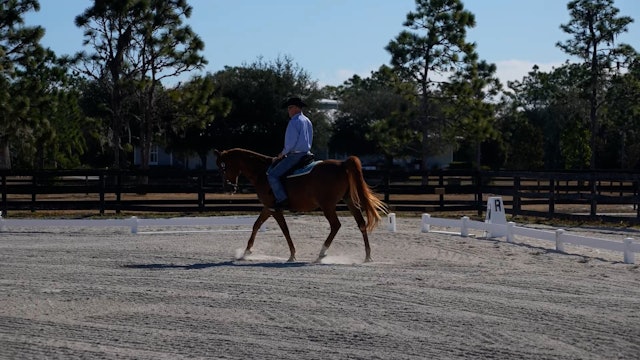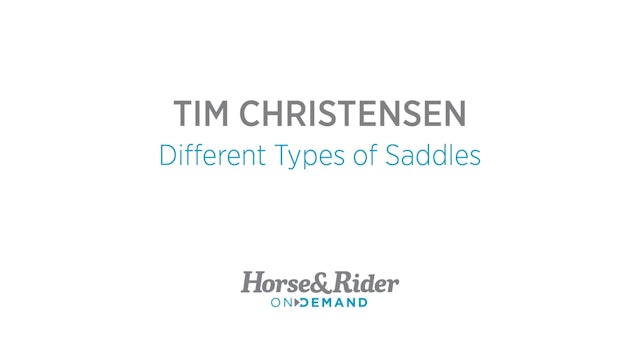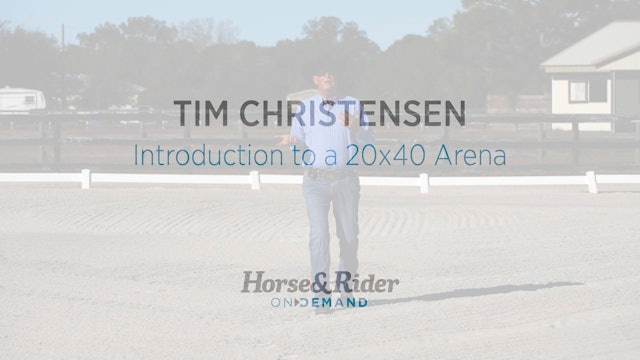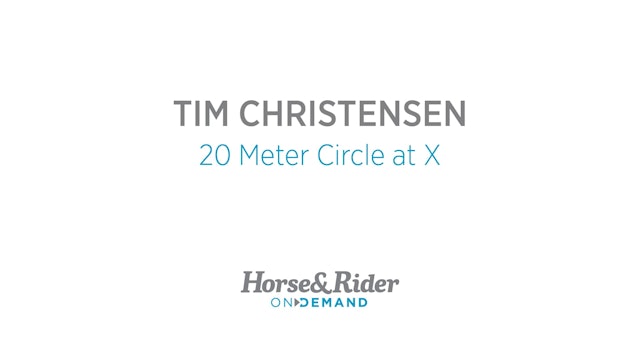Western Dressage
Western dressage gives Western riders who've been interested in the traditional sport of dressage--where horse and rider are judged individually and work their way gradually through well-defined levels--a way to try it out without changing gear. Learn what maneuvers are important, what the tests entail, what kind of horse can flourish in Western dressage, and more!
-
Learning the Basics of Loops
Tim Christensen explains the basics of loops. He demonstrates some of the loops you may see in the intro tests and discusses how knowing the geometery of the ring can help you ride them correctly.
-
Geometry of Circles
Tim Christensen demonstrates how to correctly ride 20 meter circles tracking left at E, A, and B. He explains where each circle should begin and end in order to be the correct size and shape.
-
Different Types of Saddles
Tim Christensen discusses the different types of saddles that may be used in Western dressage.
-
Introduction to a 20x40 Arena
Tim Christensen explains how X can help you shape and place your 10 and 20 meter circles.
-
20 Meter Circle at X
Tim Christensen explains where a 20 meter circle will be ridden when called for in a Western dressage pattern. He demonstrates the exact points you should hit when riding the circle and explains what the circle should look like.
-
20 Meter Circle at B or E
Tim Christensen goes over a circle at B or E and explains what it will look like during a Western dressage pattern. He walks through where the circles should be ridden, which letter you will start at, and the exact points of the arena that you will ride the 20 meter circle.
-
Visuals of a 20 Meter Circle
Tim Christensen shows the specific parts of a 20 meter circle and where it should be ridden during a Western dressage pattern. He gives a visual of how the circle should look and gives helpful tips to achieve this in your pattern. Tim also explains what the judges look for in a 20 meter circle.
-
Introduction to Quater Lines
Learn where a quarter meter line is supposed to be ridden in a Western dressage pattern.
-
Getting to Know X
Tim Christensen introduces the letter X and explains how it is used in Western dressage. He shows how it helps break the arena up into three separate parts and where X actually is in the arena.
-
Introduction to Western Dressage
Western Dressage is one of the fastest growing disciplines in the horse indusrty and is being offered by many associations. This unique style of riding combines the traditional Western gear with the elements of traditional dressage. Multiple world champion trainer Tim Christensen introduces the d...
-
Western Dressage Rider Biomechanics - Part 3
Next they go into canter. Since the rider tends to have more weight on the left side than the right side, they focus on keeping the legs and seat even and balanced. Then they notice how the horse is moving compared to the rider’s body position.
-
Western Dressage Rider Biomechanics - Part 2
Stephany watches as they move into rising trot. She makes some observations as to how the rider is posting and how that relates to the horse's length of stride. They work on increasing and decreasing the horse's trot stride through small changes in the rider's motion.
-
Western Dressage Rider Biomechanics - Part 1
Stephany starts by watching the rider moving on the horse at a walk in both directions. This rider is a Western Dressage rider on a 15-year-old grade gelding. Stephany said that one challenge facing Western Dressage riders is that in older Western saddles, the stirrup bars are placed more forward...

